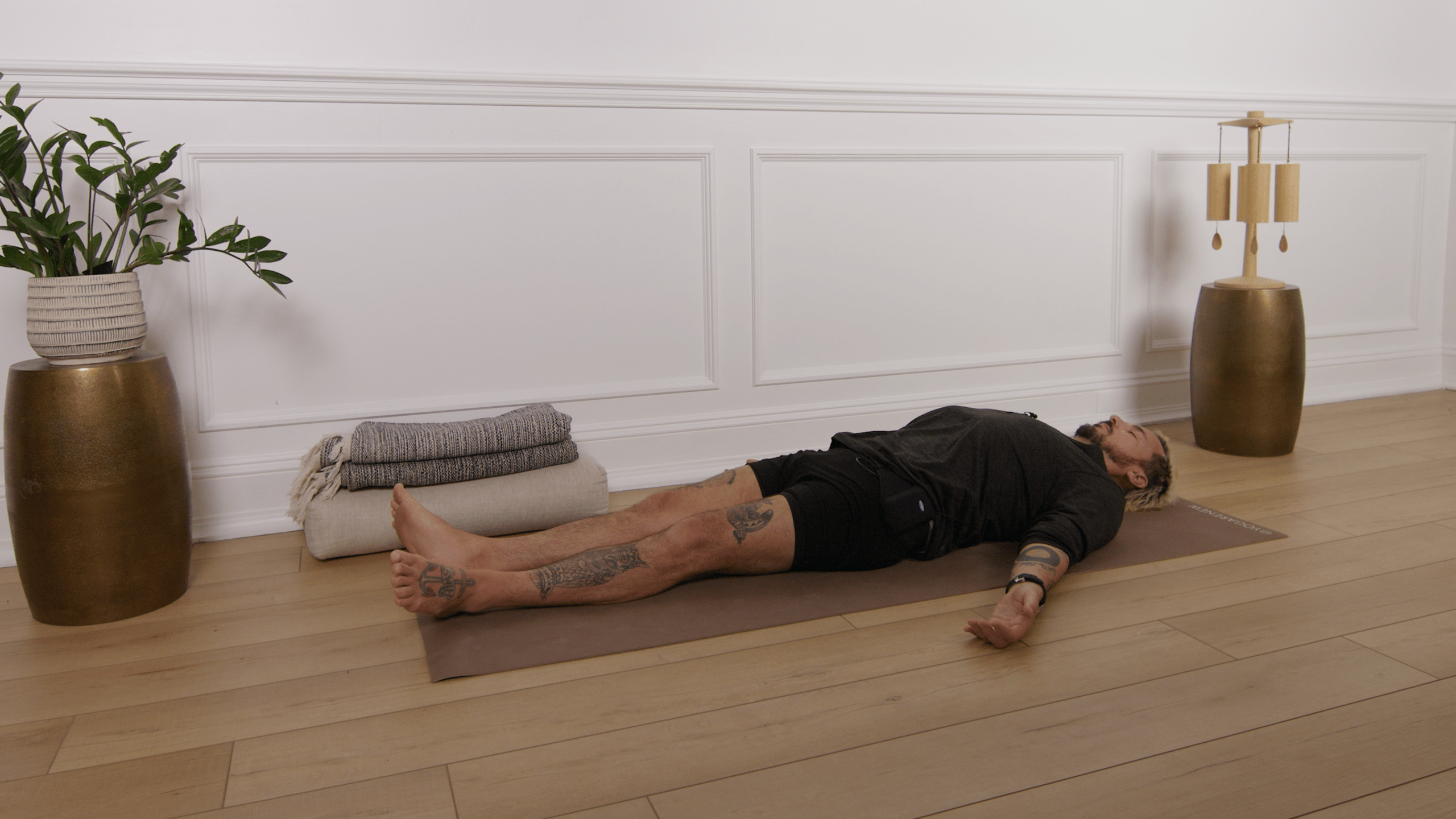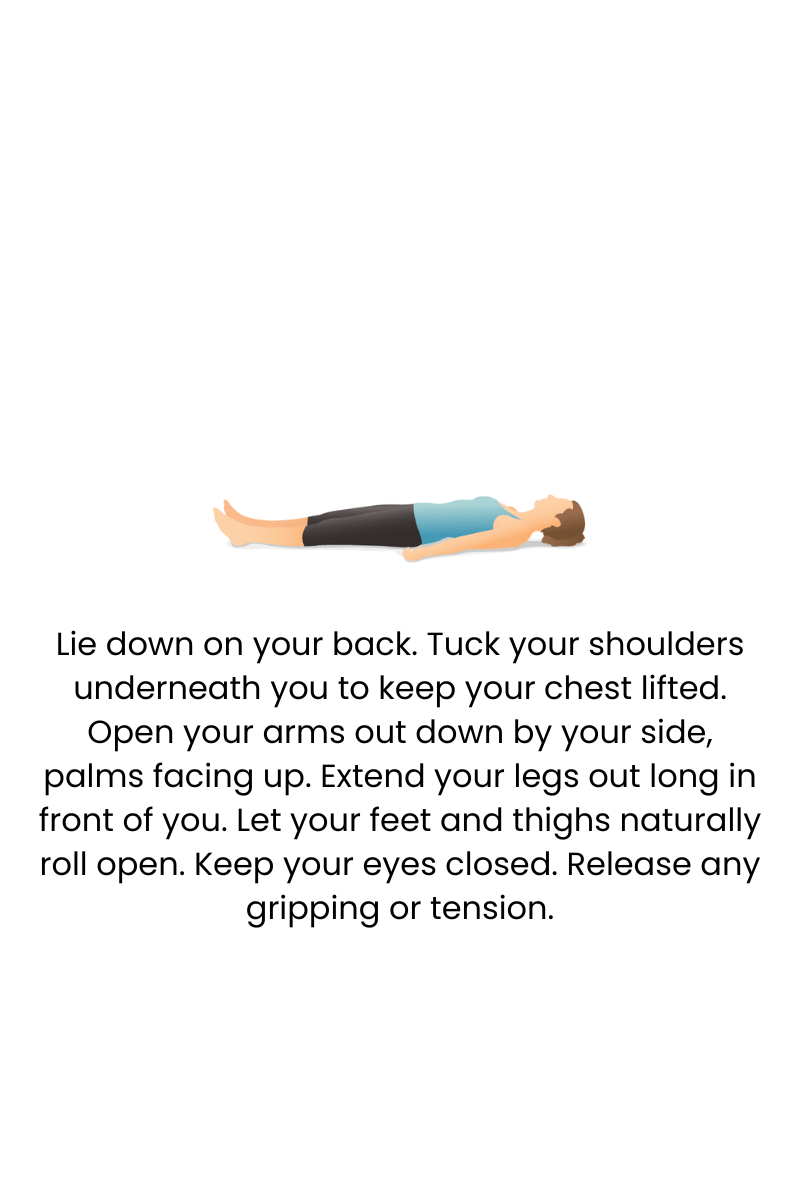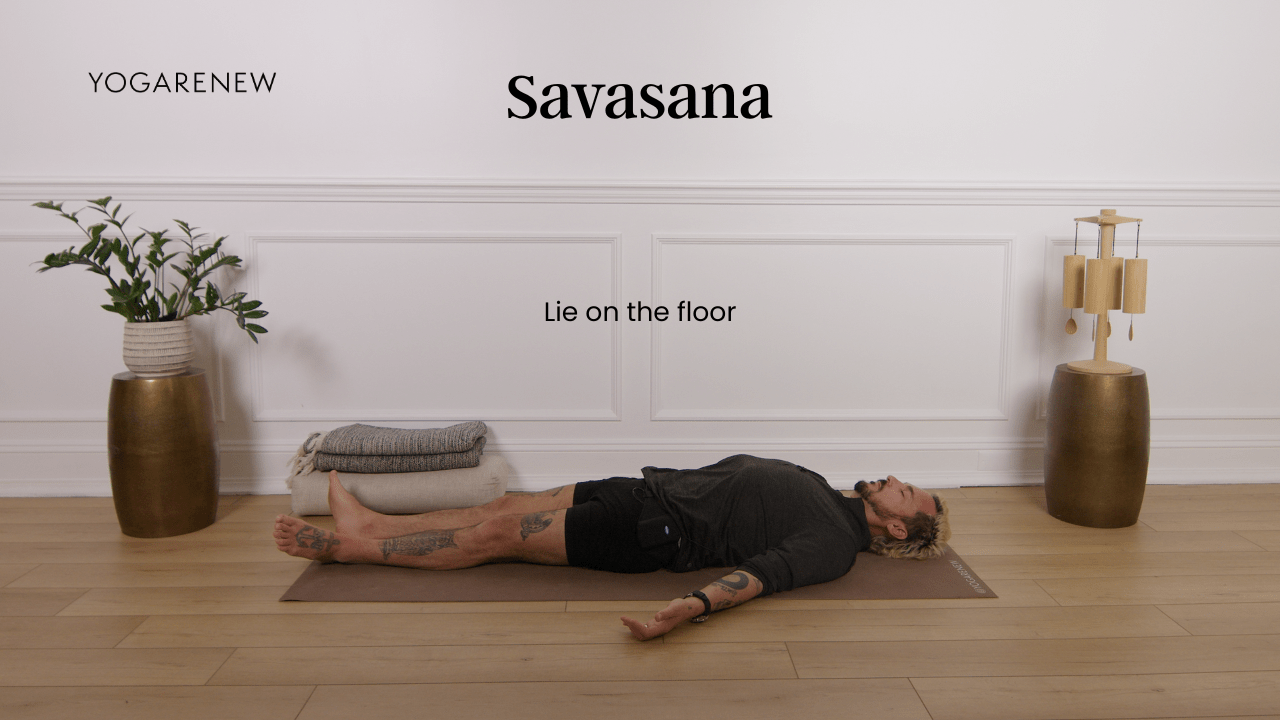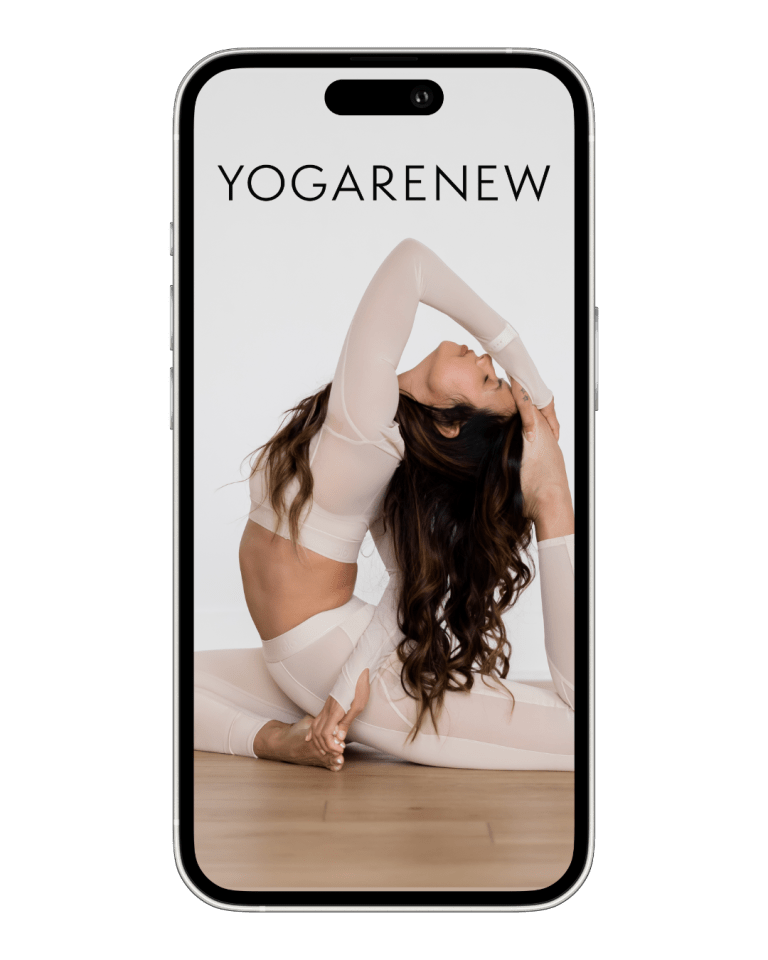What is Savasana?
English Name: Corpse Pose
Sanskrit Name: Śavāsana (pronounced shah-VAH-suh-nuh)
Category: Foundational, Restorative, Relaxation, All Levels

English Name: Corpse Pose
Sanskrit Name: Śavāsana (pronounced shah-VAH-suh-nuh)
Category: Foundational, Restorative, Relaxation, All Levels
Savasana, or Corpse Pose, is a deeply restful pose typically practiced at the end of a yoga session. It involves lying flat on your back in stillness, allowing the body and mind to fully integrate the benefits of practice.
Though it appears simple, Savasana is a profound pose that cultivates awareness, nervous system regulation, and total relaxation. It helps transition from doing to being—creating space for healing, reflection, and presence.


Savasana is generally safe for all practitioners, but consider the following:
Savasana is more than just lying down—it’s a sacred pause where the body rests, the mind settles, and the spirit integrates. It teaches the art of letting go, allowing practitioners to receive the full benefit of their practice. In a culture of constant motion, Savasana offers stillness, balance, and renewal.
By practicing regularly, you’ll strengthen your ability to relax consciously—bringing greater calm, clarity, and presence into your life, both on and off the mat.
No—Savasana is a conscious relaxation where you remain awake, aware, and still.
Ideally 5–10 minutes after practice, but even 2–3 minutes can be beneficial.
It’s not recommended—Savasana helps the body integrate the benefits of the entire practice.
Use props to support your knees, spine, or head—or practice a side-lying or inclined version.

Explore classes & pose tutorials for any style, format, duration or experience level with a free account in the YogaRenew app. Or subscribe and gain access to workshops, live classes and more.